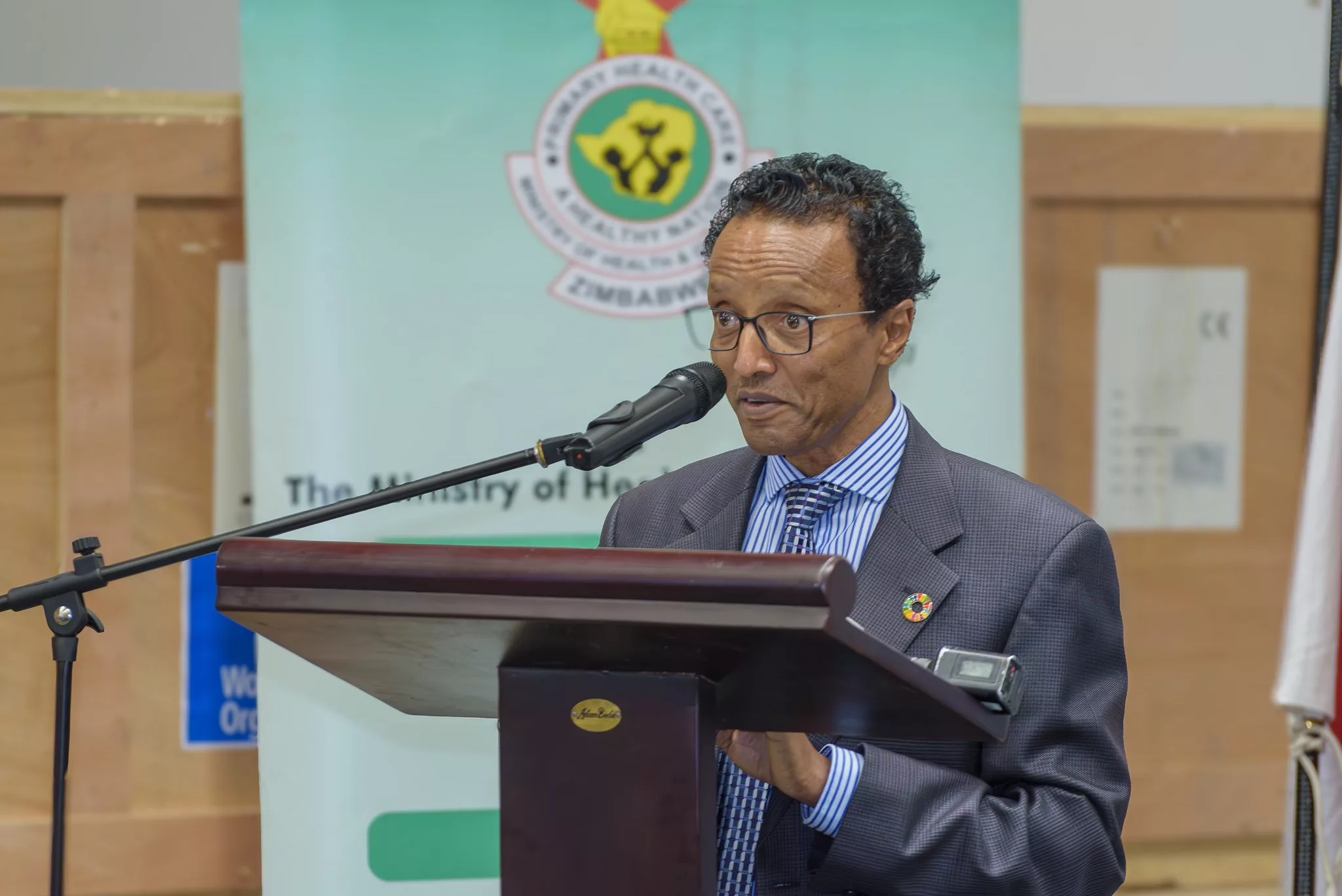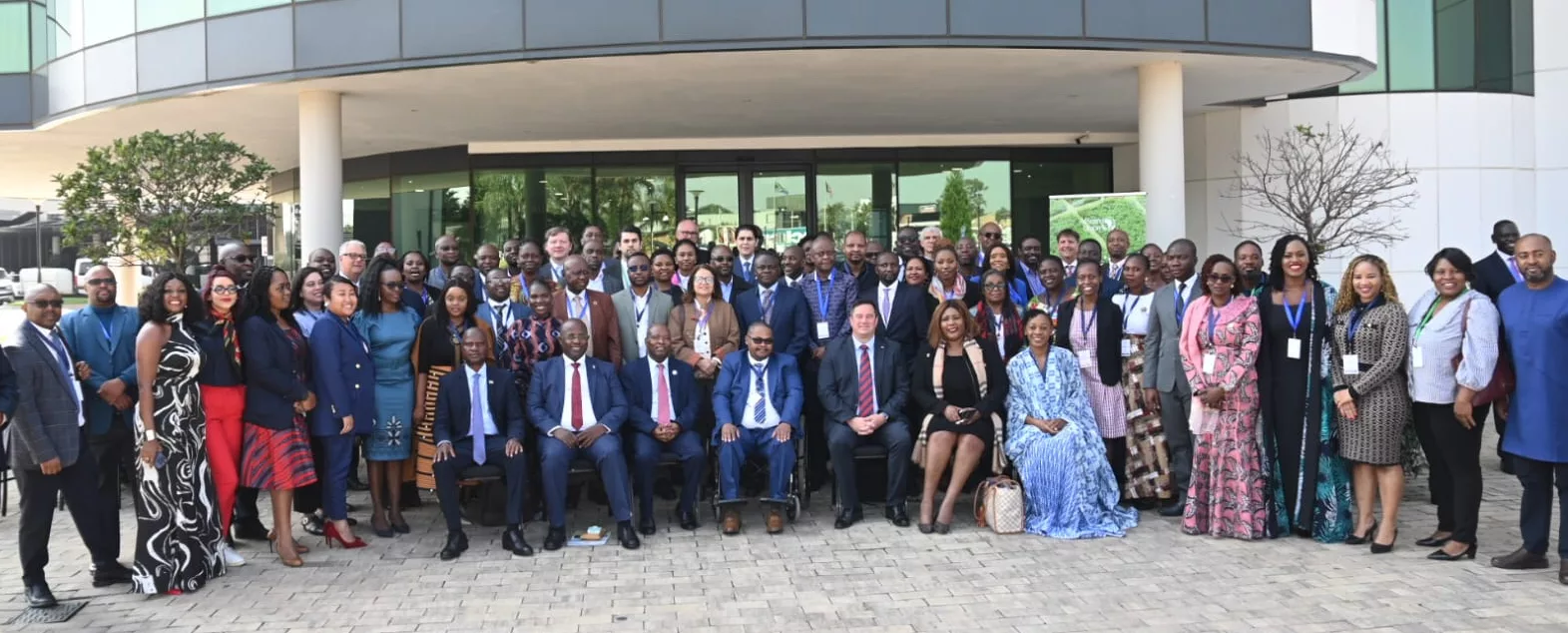|
Getting your Trinity Audio player ready...
|
The air in the WHO Zimbabwe Country Office was filled with a sense of purpose as staff members prepared to commemorate World Health Day on April 17th. The theme, “Healthy Beginnings, Hopeful Futures,” served as a powerful reminder of the organization’s core mission: to ensure that every mother and child in Zimbabwe had the opportunity for a healthy start in life.
The day began with an internal staff event, a moment for reflection and renewed commitment. Later, staff participated in a symbolic walk within the WHO complex, their footsteps echoing a collective stride towards a healthier future for Zimbabwe. This was, however, just the beginning. A grander national celebration is slated for May, a collaborative effort with the Ministry of Health and Child Care (MoHCC) and other key partners, promising a wider impact.
The presentation delivered by Zvanaka Sithole, Technical Officer responsible for Reproductive Maternal Newborn, Child and Adolescent Health (RMNCAH), WHO Zimbabwe, highlighted the progress made and the challenges that remained in Zimbabwe’s journey towards achieving “Healthy Beginnings, Hopeful Futures.”
The data revealed a concerning reality: Neonatal mortality remains high, with 37 deaths per 1,000 live births, far above the global target of 12. Most of these deaths are preventable and occur within the first week. Newborn deaths account for a significant proportion of deaths among children under 5 in Zimbabwe. The leading causes – prematurity, birth asphyxia, and neonatal infections – painted a stark picture of the work that still needed to be done. Birth asphyxia was identified as a major concern, often linked to limited skills in managing obstetric complications.
While there had been a reduction in the Maternal Mortality Ratio (MMR) in the African Region, the presentation emphasized that many countries, including Zimbabwe, were still off-track to meet the Sustainable Development Goal (SDG) Target 3.1, which aimed to reduce the MMR to less than 70 per 100,000 live births by 2030. The presentation highlighted that the leading causes of maternal deaths in Zimbabwe were postpartum hemorrhage (PPH), eclampsia, and sepsis.
The presentation acknowledged the persistent challenges: poor quality of care, health system weaknesses (including limited skills to manage obstetric complications, high staff attrition, and shortages of resources), and access barriers. These obstacles hinder progress and demand innovative solutions and collaborative action.
It also highlighted ongoing initiatives aimed at reducing maternal and neonatal mortality, including the WHO E-MOTIVE bundle. This innovative approach equips healthcare providers with essential tools and skills to improve the early detection and effective management of postpartum hemorrhage (PPH).
The adoption of the E-MOTIVE bundle, in conjunction with the Every Woman Every Newborn Everywhere (EWENE) initiative and EmONC (Emergency Obstetric and Newborn Care) training programs for healthcare workers, underscores a commitment to enhancing the quality of care and ensuring that all women and newborns receive the necessary attention and support. Notably, EmONC training plays a vital role in increasing the number of skilled birth attendants, a critical factor in reducing maternal and newborn mortality rates.
Dr. Desta Tiruneh, WHO Representative to Zimbabwe, concluded the event with a powerful call for a worldwide reinvigoration of efforts to ensure access to high-quality care for women and babies, echoing the sentiment of World Health Day: a renewed commitment to ensuring healthy beginnings and fostering hopeful futures for every mother and child in Zimbabwe.






